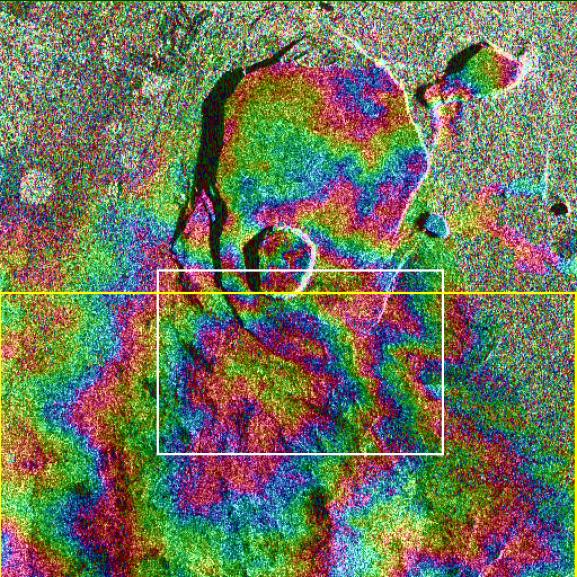It's absolutely perfect. Then wander into Chopin's E-flat nocturne, played by Mr. Rubinstein.
There's a lot of geological work that constantly astounds me. I am an astrophysicist because I believe, fundamentally, that my life is useless and cannot begin to be meaningful until I get a sense of perspective. But astro is not the only thing I love. The histories of the earth are no less great than the beauty of the stars; it's a story and an exposition on possibility instead of a cold, lonely universe where a galaxy is nothing; and yet geology still works in inconceivable timescales; it gives me a beginning to that unreachable perspective I crave.
There was a recent article and paper on this El Mayor-Cucapah rupture. From the abstract,
The geometry of faults is usually thought to be more complicated at the surface than at depth...The fault system that runs from southern California into Mexico is a simple strike-slip boundary: the west side of California and Mexico moves northwards with respect to the east. However, the Mw 7.2 2010 El Mayor–Cucapah earthquake on this fault system produced a pattern of seismic waves that indicates a far more complex source than slip on a planar strike-slip fault...The earthquake was on a system of faults that forms part of the late boundary between the Pacific Plate and the North American Plate. In the standard model, transform plate boundary structures are vertically orientated. But this 120 km rupture involved angled faults that were initiated on a connecting extension fault between the two segments. The surface trace is nearly linear, but the seismic rupture traveled through a complicated set of preexisting faults that dipped in various directions.
 |
| Interferogram of Kilauea |
This young fault broke in an impossible-to-predict scenario. The geologic structures involved in the new fault system are not clear enough (one previously unmapped fault had been buried by river sediments).
There's so much discovery right under our feet, enfolded in the earth.

No comments:
Post a Comment